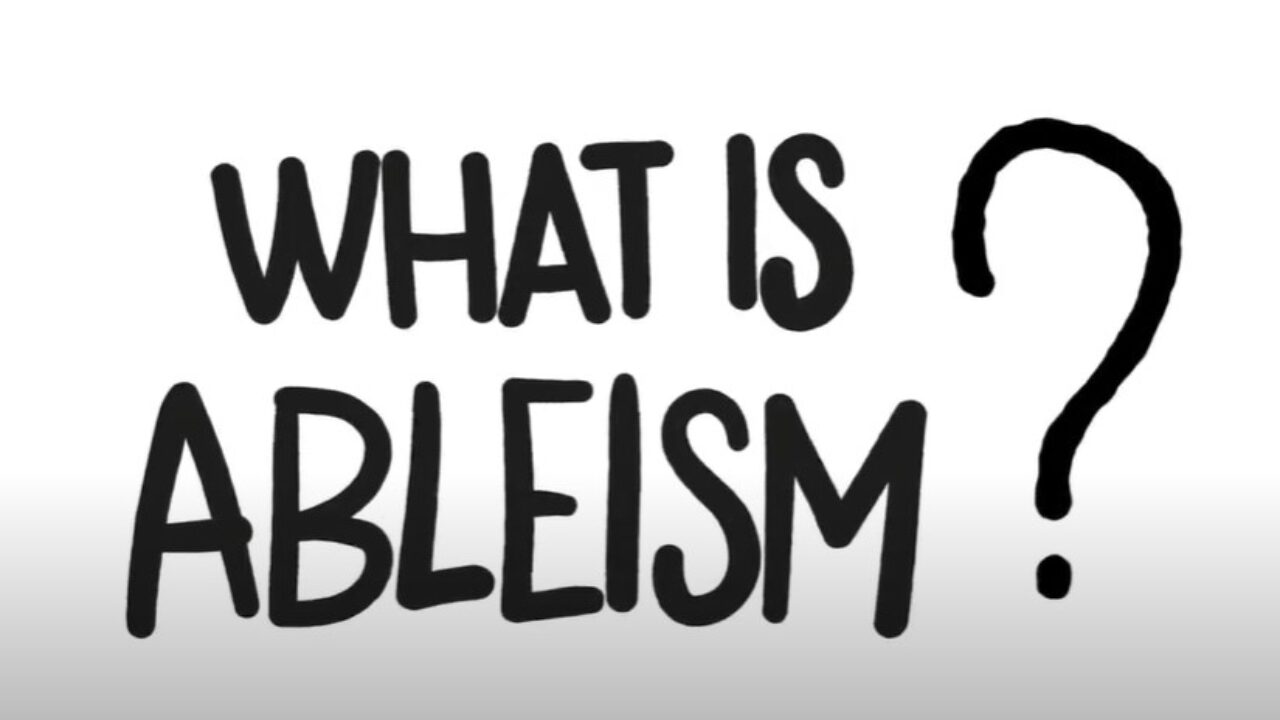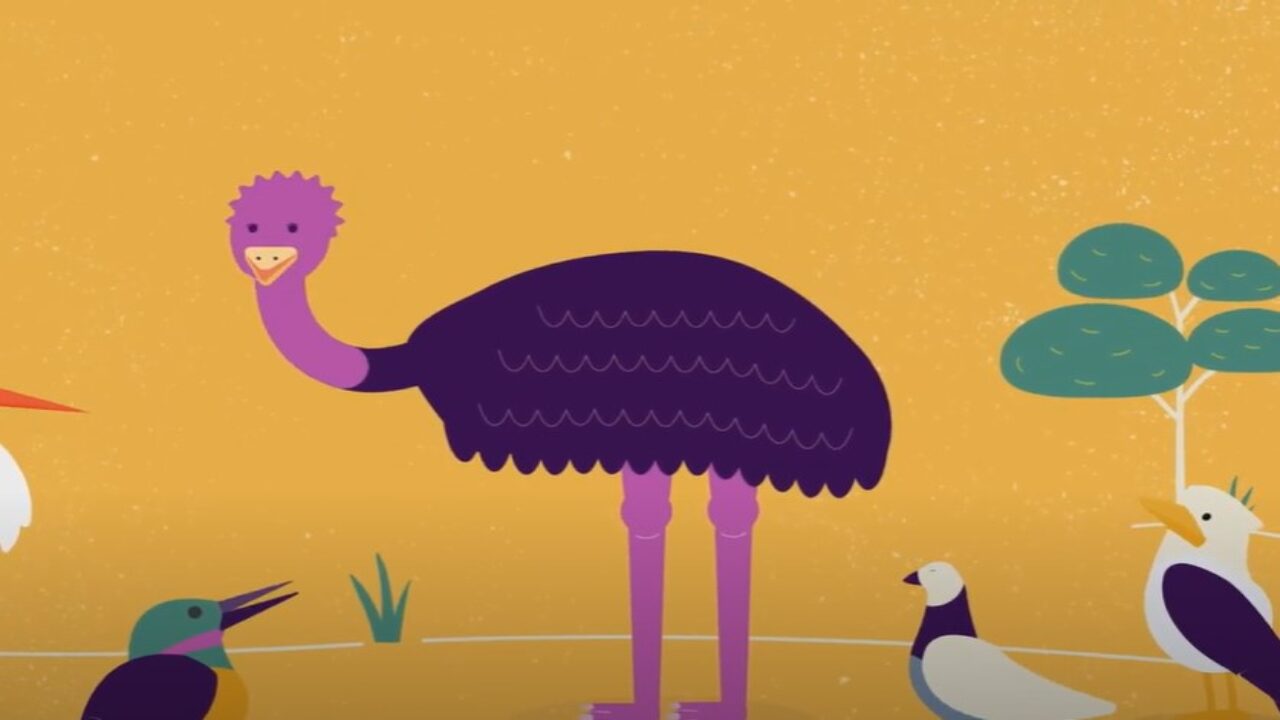Understanding and combatting ableism
“People with disability have always been viewed as second-class citizens compared to non-disabled people. It’s just an unconscious bias that people have. It’s always been there. We don’t get jobs, we don’t get asked on dates, we don’t get opportunities like other people because they think we can’t do it.”
– Dylan Alcott, Australian of the Year

What is ableism?
This belief that disabled people are less than is called ableism. Many people, including those who work for service providers, think that disabled people can’t achieve the same as people without disability. This belief may be subconscious but can emerge in the ways they interact with disabled people.
To learn more about ableism, check out this video by the United Nations.
Models of Disability
It’s important to understand how ableism can be present in your organisation so you can address it.
Firstly, we need to understand how people in your organisation understand disability.
We can do this through looking at the different models of disability.
Different disability models
Different models of disability impact our understanding of disability, and how we see it.
The medical model sees disability as something that is wrong with a person. It frames disability as something that needs to be fixed.
The charitable model sees disability as a tragedy which must be overcome. It frames disability as something to be pitied.
The social model sees disability as neutral, something that happens as a part of life. It recognises that the thing that disables someone isn’t their difference, but that society hasn’t or won’t change to support them.
Understanding ableism
Historically, people have understood disability under the medical model or the charitable model.
Understanding disability under these models can be directly connected to ableism.
The social model was developed to challenge the ableism of the medical and charitable models.

The Social Model of Disability
The social model of disability pushes against ableism by saying that if disabled people have the access and supports they need, they can have the same opportunities and participate in society in the same ways as non-disabled people.
To learn more about the different models of disability, you can watch this video from the Disability Advocacy Resource Unit.
Combatting ableism
Disability pride is about pushing against the negative view of disability and rejecting ableism. It calls on all people to adopt the social model of disability and educate those around them to adopt this model as well.
To combat ableism in our day to day lives we can look at the language that we use, and ask ourselves what model of disability it comes from – is it empowering, or does it seem like disability should be fixed or pitied?
For example, saying someone “suffers from disability” makes disability sound like something to be fixed or pitied.
It should also be noted that not everyone who is disabled subscribes to the Social Model of Disability. This is because everyone is on their own journey of disability pride.
As a service provider, you can’t force someone to see their own disability through the social model, but you can support them through your behaviour, language and providing educational opportunities about the social model.
Questions for organisations to consider
- Do your processes allow support workers the time and capacity to prioritse empowering disabled young people?
- Do the disabled young people you support have control over their day-to-day lives?
- Does your organisation understand that there is not a one-size-fits all approach to care, and each day may be different?
- How do the policies and procedures of your business acknowledge and allow for this?
It’s also important to provide space for your employees to practice anti-ableism. To learn more about anti-ableism, there are several resources listed below.
Additional Resources
-
The Disability Advocacy Resource Unit has a range of online modules that can support your learning about ableism and how to combat it. These modules can also be beneficial for any staff that work at your organisation. We especially recommend the courses 'Human Rights model of disability' & 'Ableism: What it is and what we can do about it'.
DARU Short Courses
-
Check out this video to learn more about how ableism affects people throughout their life.
Ableism over a lifetime - Video
-
This resource provides more information about ableism and disablism in Australia, and what can be done to combat it.
Ableism and Disablism - PWDA
-
This resource provides practical tools to addressing inaccessibility for disabled consumers, and what your organisation can do and advocate for to reduce ableism.
Access for all
-
People with Disability Australia has developed a language guide to help understand language around disability and support you to talk about disability with respect.
Language Guide (PDF format)
-
How to be Anti-Ableist
This site provides more information about becoming a disability ally, and reducing internalised ableism.
-
This site operates as an introduction to anti-ableism and as a starting place for finding information from a variety of sources. It brings together resources from across the internet about ableism and how to address it.
Anti-Ableism Guide